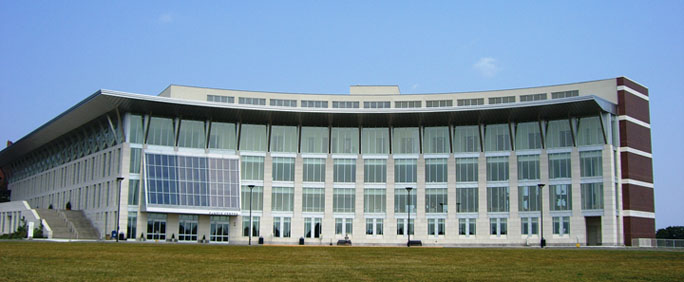Yes, there are worse institutions then UMass Boston. In fact, there are only 55 universities worldwide that are ranked higher. When the Times Higher Education (THE) World University Rankings were released last month, the private institutions, which emblemize higher education, were unsurprisingly among the top tier in this list of 200 schools.
What may have come as a surprise is that UMass system which includes Amherst, Boston, Dartmouth, Lowell, and the medical school in Worcester, ranked 56th globally, 33rd out of the 72 US institutions recognized, 14th among the US public institutions ranked, and (perhaps most impressively) 4th in Massachusetts. This is a surprise to some, but not to the many faculty and students who attend UMass. The President of UMass responded to the recognition, stating that UMass is “truly a great university, and we are delighted to be recognized in such a dramatic fashion.” Dramatic, perhaps, because of some recent negative attention from the press.
On September 5th the Globe released an article entitled “At UMass, top rung remains out of reach.” The article sparked criticism from students, teachers, faculty, and alumni of all the UMass campuses. Perhaps the article’s greatest sin is a sin of omission – Tracy Jan (the author of the piece) only mentions UMass Amherst, widely recognized as the UMass “flagship” and ignores the other four campuses.
Jan writes of Amherst that it “remains firmly lodged among the nation’s second-tier state schools, depleted by years of budget cuts.” While the article itself may be offensive to UMass students, teachers, and other faculty, it is true that Massachusetts is leading the nation in budget cuts; funding of Amherst has plummeted from 40 percent to 24 percent in the past five years. Such a drastic depletion contributes to Amherst’s disintegrating campus, which Jan sites as one of the reasons Massachusetts students are inclined to seek their higher education in nearby states, such as Connecticut, Vermont and New Hampshire. The article follows a student who chooses to travel all the way from Massachusetts to the University of Michigan (which was impressively ranked 15th globally) to attend school there.
Despite drops in public funding, UMass continues spending billions of dollars to improve their campuses, their public image, and the experiences of their immense and diverse student body. In a press release made shortly after the scathing Globe article, Vice President for Strategic Communications and University Spokesperson Robert P. Connolly cited the 2 billion dollars spent on construction projects across all the campuses over the last decade. Additionally, on September 22nd, a board of trustees approved 546 million dollars in construction projects for the years to come. This ambitious project includes a 100 million dollar academic building for UMB.
Such financial gumption will reinvigorate the campuses and fight the negative image put forth by critical articles. But, perhaps more importantly, the World University Ranking lends some much needed positive press.
The Globe, after the Times of London list was released, released a second, much shorter article (written by a different columnist) recognizing the high placement of UMass on the globally recognized list. The article, interestingly, cited Jan’s, mentioned the criticism it sparked, but did little more than bring up the apparent discrepancy.
Examining the THE World University Rankings website reveals the process by which the schools were ranked. At first glance (after clicking on one of the schools) there are five categories. These include Teaching, International Mix, Industry Income, Research, and Citations. There is also an overall rank which is a composite of these scores. At first these all seem to be of equal rank. However, the process of grading an institution is much more complicated.
An article posted on the website under the Analysis tab titled “Robust, Transparent, Sophisticated” outlines the methodology by which schools earned their ranks. A quick look at the article reveals how “sophisticated” the process is.
A pie chart illustrates the weight of the five categories, three of which make up 92.5 percent of the total score. These three categories are Research, Teaching and the Learning Environment, and Citations. These high weightings are given, according to the article, where “consultation has shown unmistakable enthusiasm […] and the clear confidence in the data we have.” In other words, the high value placed on research, teaching, and citations arose because the institutions valued these aspects most highly and because the information THE acquired regarding them was accurate and unambiguous. The lowest of the indicators was the Industry Income category, which made up only 2.5 percent of the total score. This category received a low weight because “figures provided by institutions for this indicator were patchy.” International Mix (only 5 percent) is so low because geography and other such aspects beyond the institution’s control heavily affected this category.
After all was said and done (ten months of acquiring data, refining the weighing process, and doing the calculations), UMass finished with the following scores: Teaching: 61.3; International Mix: 22.6; Industry Income: 53.9; Research: 72.6; Citations: 67.9 – for a total score of 64.7.
For more information on the ranking process visit the Times Higher Education website at www.timeshighereducation.co.uk.





















































